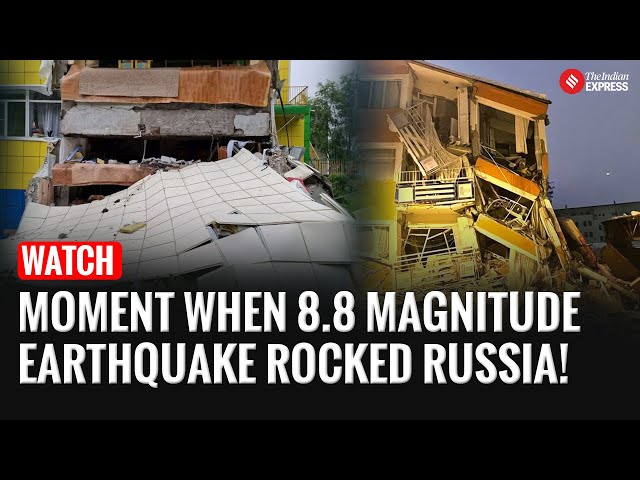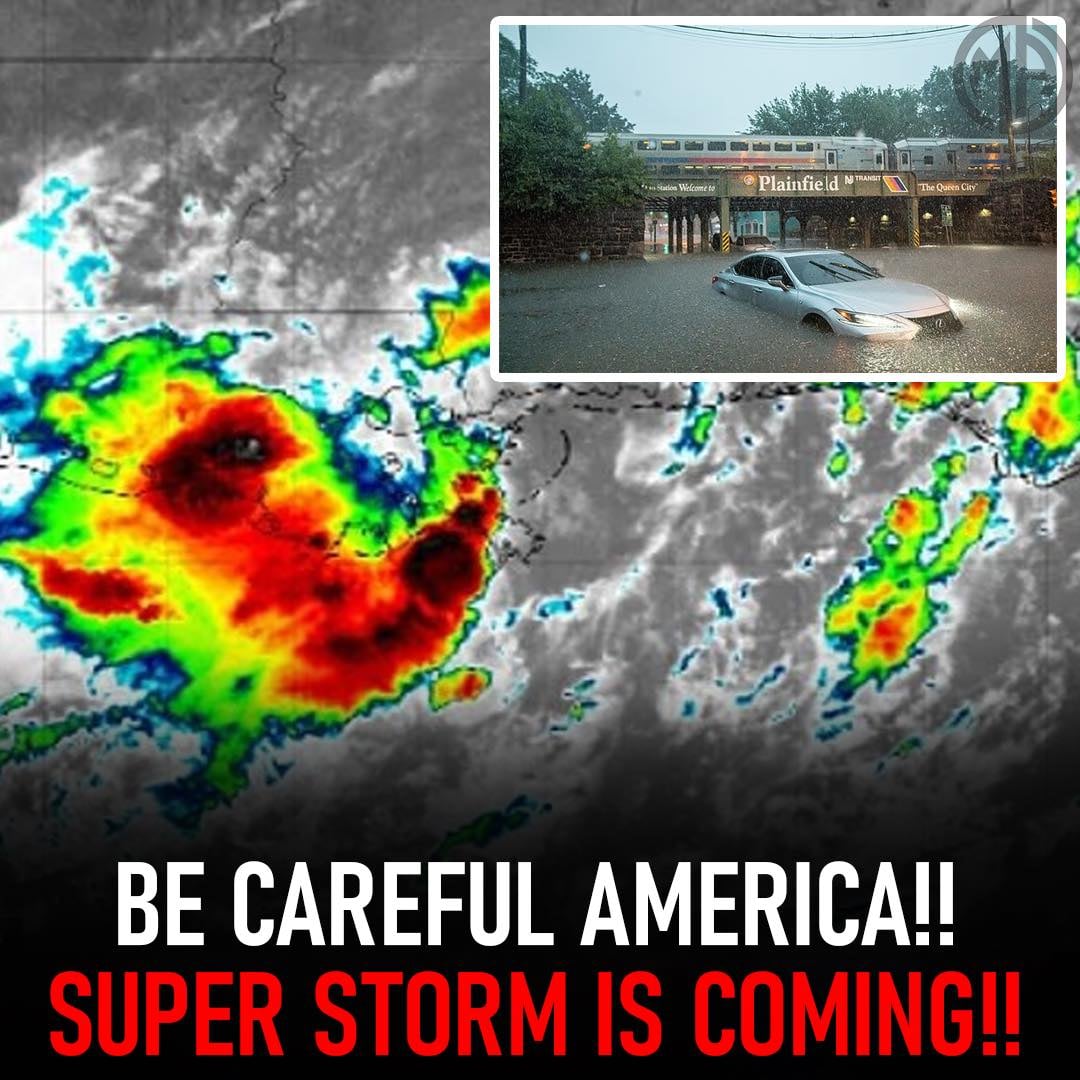Caught on Cam: Powerful 8.8 Magnitude Earthquake Shakes Russia | Russia Earthquake | Tsunami Alert

**Caught on Cam: Powerful 8.8 Magnitude Earthquake Shakes Russia | Russia Earthquake | Tsunami Alert**
In a startling event, a massive earthquake with a magnitude of 8.8 has struck Russia, causing widespread panic and triggering a tsunami alert. The seismic activity was captured on various surveillance and personal cameras, providing a raw glimpse into the power of nature and its ability to disrupt daily life. Authorities have issued warnings and are urging residents in affected areas to take necessary precautions to safeguard themselves.
The earthquake, which occurred beneath the ocean floor, has created a significant risk of tsunamis, particularly along coastal regions. Experts are closely monitoring the situation, with evacuation plans underway for those living in vulnerable areas. The Russian government is mobilizing emergency response teams to assist with potential rescue operations and to provide aid to those affected by the disaster.

Residents have shared terrifying accounts of the ground shaking, buildings swaying, and the unsettling feeling of uncertainty as the quake hit. Many are left assessing the damage to their homes and businesses, while others are trying to contact loved ones to ensure their safety. Social media platforms are buzzing with real-time updates and footage, as people come together in solidarity during this crisis.

This event serves as a stark reminder of the unpredictable nature of earthquakes and the importance of being prepared for natural disasters. Scientists are analyzing the quake data to better understand its origins and to forecast any potential aftershocks. As the situation unfolds, the priority remains the safety and well-being of all affected individuals.
For a more in-depth look at the earthquake and its impact, you can view the detailed video coverage below:


